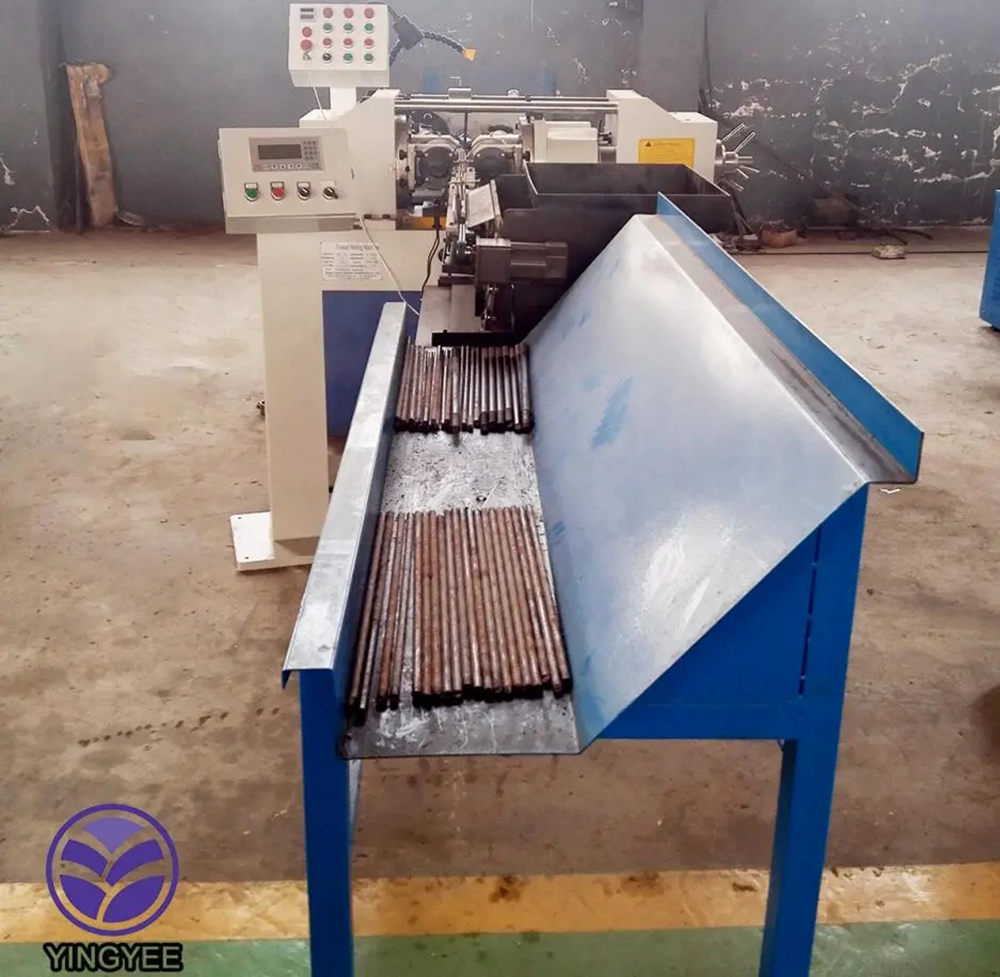
The Evolution of Galvanizing Pipe Making Machines
Galvanizing pipe making machines have become an indispensable part of modern manufacturing processes, especially in industries that require high durability and corrosion resistance in their products. The method of galvanization, which involves coating iron or steel pipes with a layer of zinc, enhances their longevity and makes them suitable for various applications such as construction, agriculture, and plumbing.
The Importance of Galvanization
Galvanization serves a critical purpose in extending the lifespan of pipes. Zinc acts as a sacrificial anode, meaning that even if the coating is scratched or damaged, the underlying steel remains protected due to the electrochemical properties of zinc. This is particularly important in environments where pipes are exposed to moisture and corrosive elements. The galvanizing process therefore not only contributes to sustainability by reducing the frequency of replacements but also enhances the overall performance of metal pipes in various applications.
Workings of Galvanizing Pipe Making Machines
The galvanizing pipe making machines typically operate through several stages, each designed to ensure the final product meets the required standards of quality and durability. The first step generally involves the forming process, where raw steel sheets are shaped into pipes using advanced machinery that allows precision and efficiency. This stage is critical, as the quality of the pipe's formation directly impacts its strength and performance.
Following the forming process, the pipes are subjected to pickling, where they are treated with acid to remove any oxide layers and impurities. This step is essential for ensuring that the subsequent galvanization process adheres properly to the steel surfaces. After pickling, the pipes are rinsed and dried before being immersed in molten zinc for galvanization. This process can be adjusted in temperature and duration to achieve the desired coating thickness.

Innovations in Technology
Recent advancements in technology have significantly enhanced the performance and efficiency of galvanizing pipe making machines. Automated systems have been developed to streamline production, reduce labor costs, and minimize human error. These machines often feature sensors and control systems that monitor temperature, speed, and coating thickness in real-time, ensuring a consistent and high-quality output.
Moreover, the integration of digital technologies such as IoT and AI in manufacturing processes allows for predictive maintenance, which further reduces downtime and increases productivity. With these innovations, manufacturers can optimize their production lines, respond swiftly to market demands, and maintain high standards of quality control.
Environmental Considerations
As industries look to improve their sustainability practices, the galvanizing process has also evolved to become more environmentally friendly. Modern galvanizing plants are incorporating waste management systems that recycle zinc and other materials, aiming to reduce the environmental footprint of production. Additionally, advancements in the production process have led to lower energy consumption and reduced emissions, aligning with global efforts toward sustainable manufacturing practices.
Conclusion
In conclusion, galvanizing pipe making machines play a vital role in various sectors by producing durable and long-lasting steel pipes. The advancements in technology and a commitment to sustainability are paving the way for future innovations in this field. As industries continue to grow and evolve, the importance of high-quality galvanized pipes and the machines that produce them will remain indispensable in meeting the demands of modern infrastructure and construction. The future seems bright for galvanizing pipe making machines, promising enhanced efficiency, eco-friendliness, and reliability in the years to come.